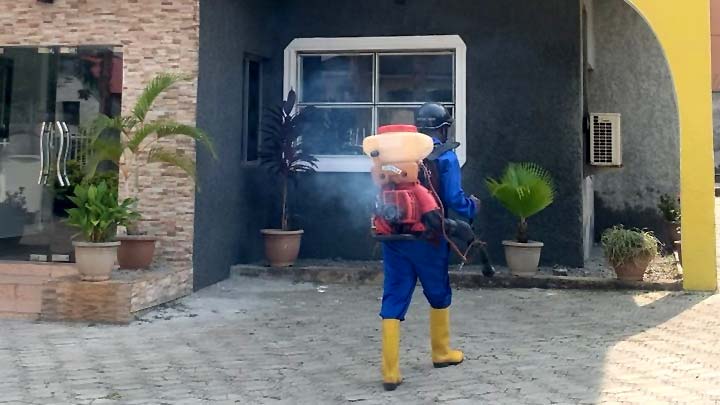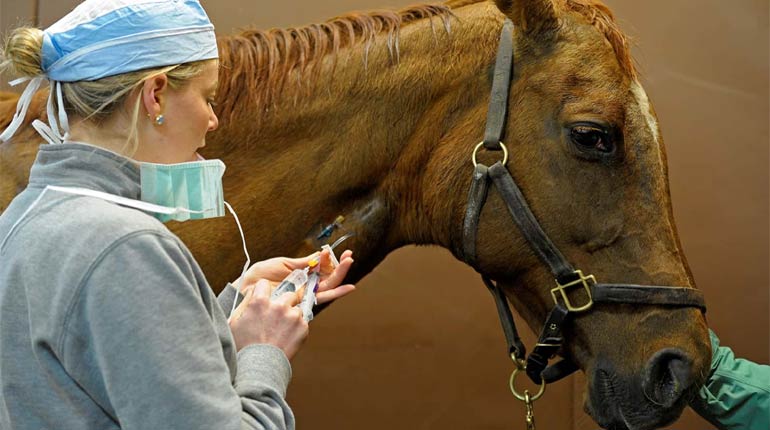
It can be pretty frustrating, not to mention worrying when your dog won’t eat. It’s one of the number one indicators of an illness but it could also just be because you have a picky fur baby on your hands. No matter what the reason is, we have a solution for you.
1. Find Out Why
The most important step before taking any action is to find out the reason for your dog’s lack of appetite. Was he never really interested in his food or is this a drastic change that happened recently?
Only inappetence (the term for a lack of appetite) that has persisted for more than two or more days should be considered a real health issue.
There are a few steps to take when your dog won’t eat, and they include:
- Observing
- Checking
- Targeting
The observing section pertains to your dog’s behavior. As any vet would say, lethargy and lack of appetite are two of the most significant indicators that something is wrong. Since your dog checks one of these boxes, it’s important to check for more.
Is your pooch more tired than usual and less playful? Is he displaying signs of any discomfort such as scratching, excessive paw licking, and less mobility? If so, there may be deeper factors at play.
The next part is checking. A healthy dog should have firm stools, so if your pup is experiencing diarrhea or loose stools, you know something is up. In this case, you may need to talk to a vet after a day or two.
Then take a look at your dog’s gums and teeth. You should expect to see pink gums on a healthy dog. If you see pale or inflamed gums, then that could be an indicator that your dog is sick.
Also, check his skin and fur with a fine-toothed comb. There could be skin issues and parasites that are causing the inappetence as well as injuries.
If all seems okay, then a quick environment check is next. Look around to see if there are any parts missing from furniture, clothing, or toys. It could be possible that your dog has swallowed something indigestible and has a blocked stomach.
Maybe it’s a problem with his food. Check the expiry date to make sure it’s still fresh. A dog won’t like to eat rotten or spoiled food.
You can also reflect on your own actions. Have you been feeding your pet more treats lately or has there been a change in your routine that could throw your dog off? Answering these questions will help you identify the cause.
2. Reasons for Lack of Appetite in Dogs
After going through a detailed check of your dog and his surroundings, the following reasons are what we have found to be the most common causes of inappetence.
- Dog depression
- Upset stomach
- Injuries and pain
- Diseases, illnesses, and infections
- Allergies
- Changes in the environment or in their routine
- Diet changes
3. Solutions for a Dog That Won’t Eat
If you have determined the problem to be environmental such as a sudden change in the household or daily routine, the issue can be helped with more attention and exercise as well as lots of patience.
This goes for doggy depression as well. They may be depressed because they don’t get enough exercise or miss the attention of their humans. This can also be rectified with more love, play, and exercise.
If the inappetence seems to stem from an injury, disease, or illness, the best course of action is to consult your vet. Your vet may then prescribe medication and suggest the best method to help your fur baby.
If the problem is dietary, there are a number of ways to fix the situation. If you have introduced a new diet, gradually switch back to the old food or try a different one. Low-quality dog food tends to irritate some dogs, and in this case, we would suggest freshly-cooked subscription dog food.
Sometimes it may be as simple as your dog not liking the new flavor. You can establish what your dog likes and doesn’t like with sample packages and treats. Try to go for flavors you know your pooch enjoys.
If your dog doesn’t have an overly sensitive stomach, you can also try food toppers. Food toppers can come in the form of freeze-dried powder, raw bits, and canned wet dog food. The benefits of adding delicious toppings include appealing to picky eaters with an assortment of flavors and supplementing the nutrition.
Additional Tips
If you feed your dog table scraps, try to cut back on that. Just like humans, why would a dog want bland dry kibble when he can have a piece of steak every now and then?
Go easy on the treats as well. Doggy treats are meant to be supplemental, and shouldn’t be used in place of regular meals. Having too many treats throughout the day can also fill your dog up so there is no room left during mealtimes.
Try to feed them at set intervals every day. If you feed them at 9 AM one day and 12 PM on another, their bodies won’t fully adjust to this erratic schedule. When switching to a new food or different feeding time, it’s important to take it step by step.
The changes should be implemented gradually. With the food, mix some new food in with the old food and reduce the amount of old food day by day until your pooch has completely transitioned in a 1-2 week time frame.
Look into food intolerances and allergies. There are so many different schools of thought on dog diets. Some pet parents swear by the ancestral raw diet, while others prefer fresh food. Others believe that dog kibble is just fine but grains cause their dogs to suffer from allergies.
No matter what your dog’s issue is with food, there is a diet out there that will address the problem.




